A Seed of Change in the Climate Crisis
In an era where technology is often blamed for exacerbating climate change, a remarkable project in Myanmar is showcasing how the same force can be harnessed to heal the planet. In September 2018, an innovative approach using drones to plant “seed missiles” was launched in remote areas of Myanmar, aiming to combat deforestation and climate change. This initiative has not only demonstrated a promising success but also paved the way for a technological revolution in environmental conservation.
The Seed Missile Project: A New Frontier in Reforestation
The project utilized drones designed by an ex-NASA engineer, equipped to fire seed missiles into areas devoid of trees. Within less than a year, these areas witnessed the sprouting of thousands of mangrove saplings, now standing 20 inches tall. This achievement marks a significant milestone in the use of technology for environmental restoration.
Irina Fedorenko, co-founder of Biocarbon Engineering, highlighted the project’s success, stating, “We now have a case confirmed of what species we can plant and in what conditions. We are now ready to scale up our planting and replicate this success.”
The technology promises a scalable solution to reforestation, with the potential to plant up to 400,000 trees a day with just two drone operators. This method not only vastly accelerates the pace of planting but also reaches inaccessible areas, making it a potent tool against climate change.
The Impact and Future Reforestation with Drones
The implications of this technology are profound. In Myanmar, a country severely impacted by climate change and deforestation, reseeding efforts have been dramatically enhanced. Bremley Lyngdoh, founder and CEO of World Impact, reportedly emphasizes the difference drones make, contrasting the seven years it took to plant 6 million trees with the ambitious goal of adding another 4 million by the end of 2019 through Drone Technology.
Beyond the numbers, the environmental benefits of this project are vast. Trees play a critical role in absorbing CO2, stabilizing soil, and preventing erosion, addressing both climate change and local environmental issues. This project in Myanmar serves as a compelling case study for the rest of the world, illustrating how technology, often seen as a part of the problem, can be part of the solution to the world’s pressing environmental challenges.
A Hopeful Horizon
As we grapple with the daunting challenges of climate change and deforestation, the innovative use of drones for planting seed missiles offers a glimmer of hope. This technology stands as a testament to human ingenuity, showcasing how we can leverage our technological advancements to not only mitigate but actively reverse environmental damage.
The journey from drones to trees symbolizes a pivotal shift towards a sustainable future, where technology and nature work hand in hand to restore the delicate balance of our planet. As we move forward, it’s clear that our fight against climate change will increasingly rely on such innovative solutions, blending the lines between technology and ecology in our quest for a healthier world.
Photo courtesy BioCarbon Engineering/WikiCommons
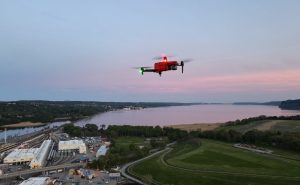
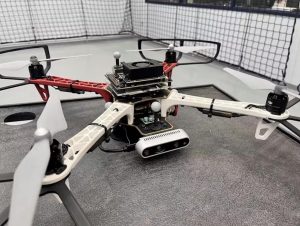
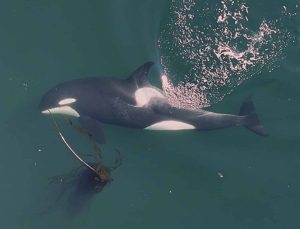
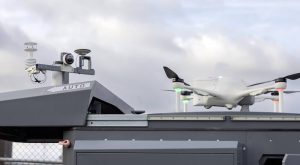



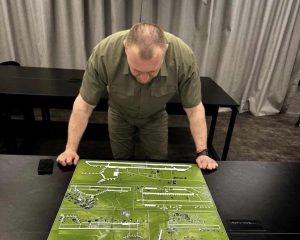
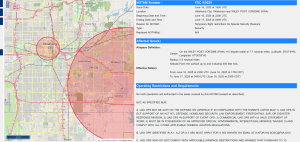
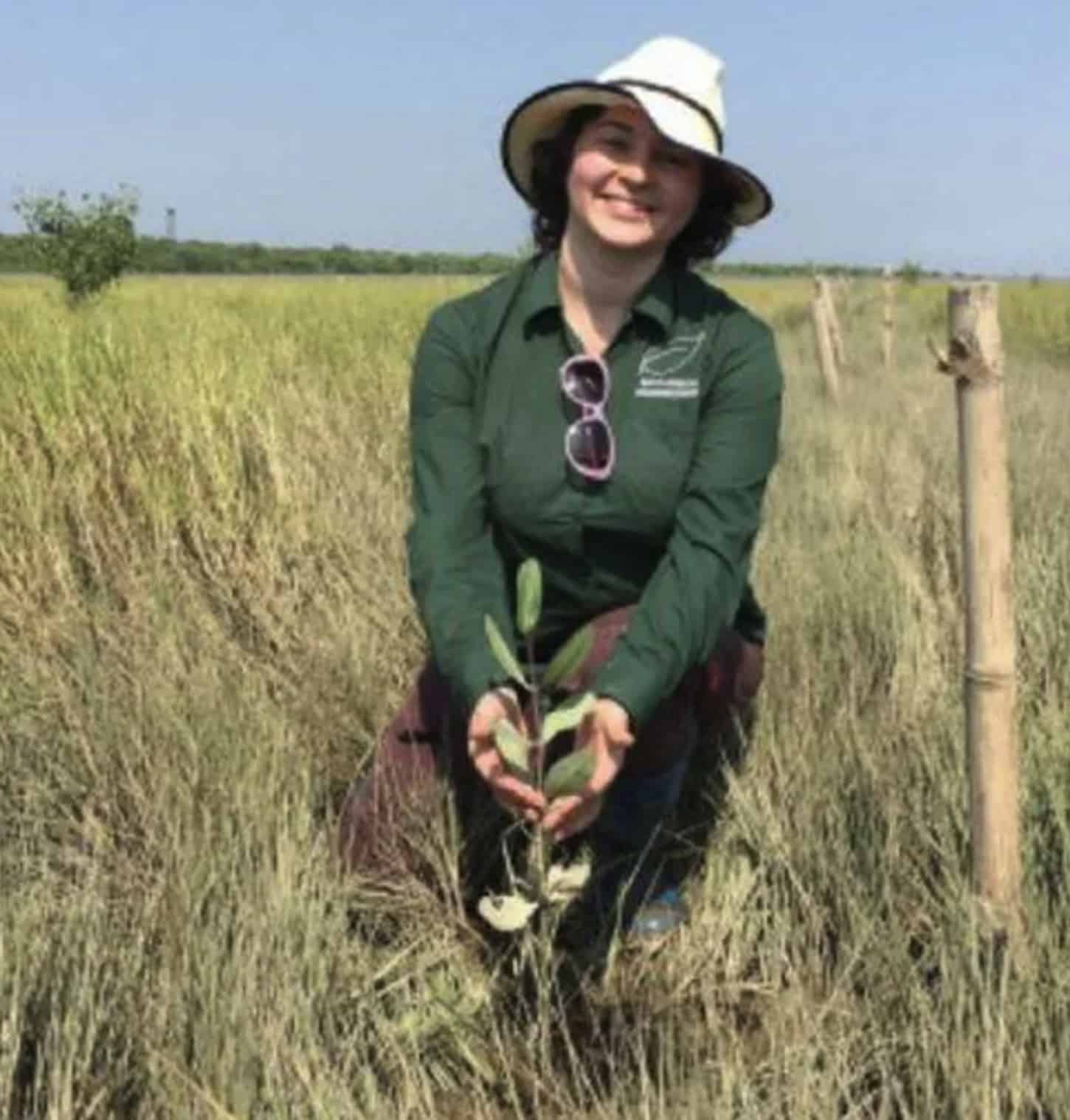


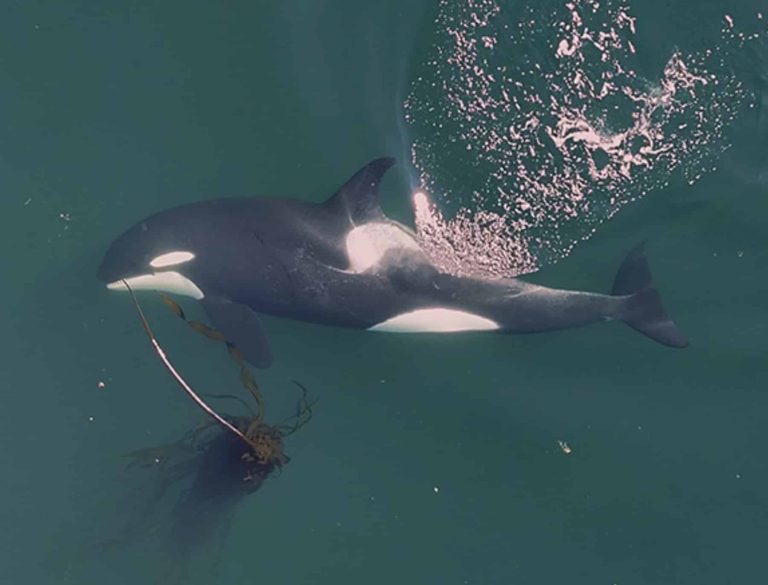
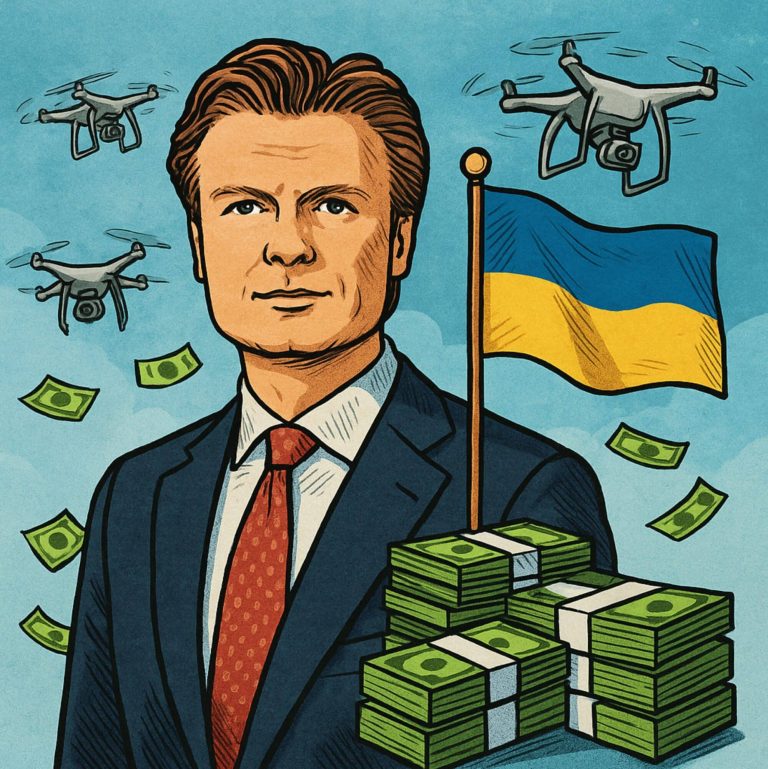
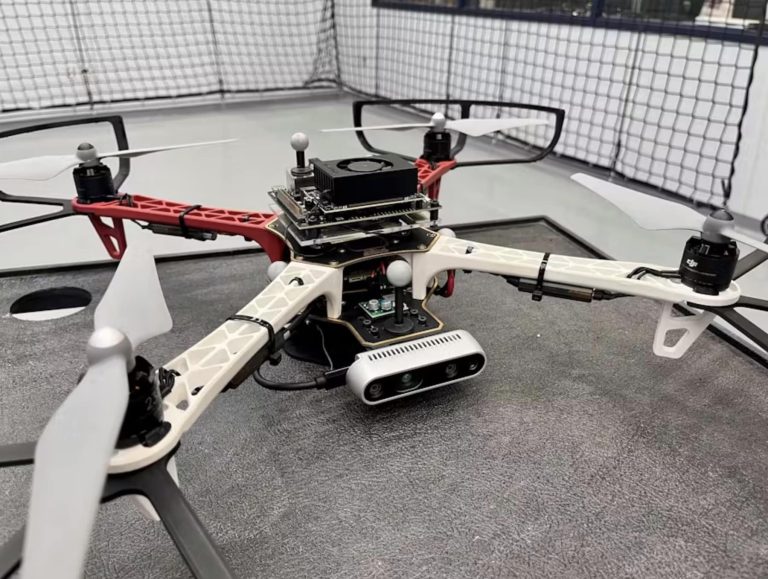


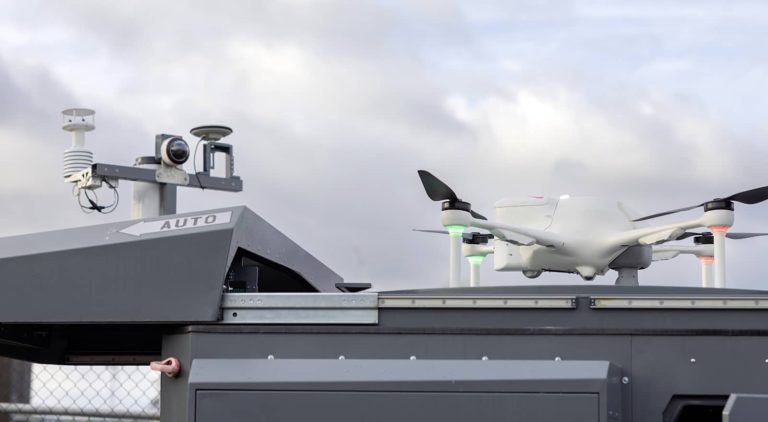

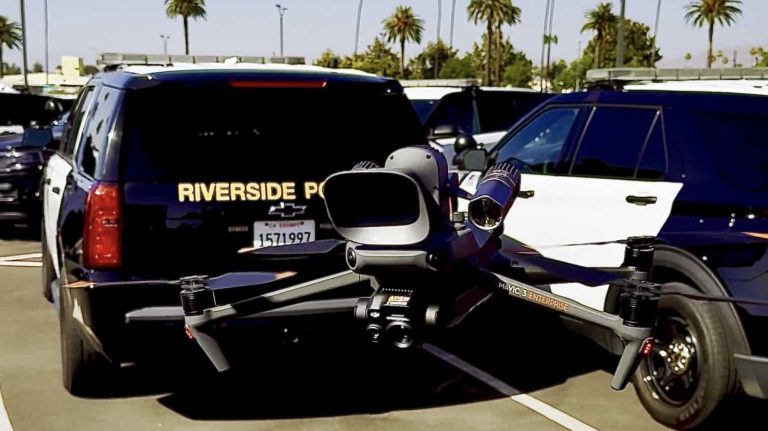
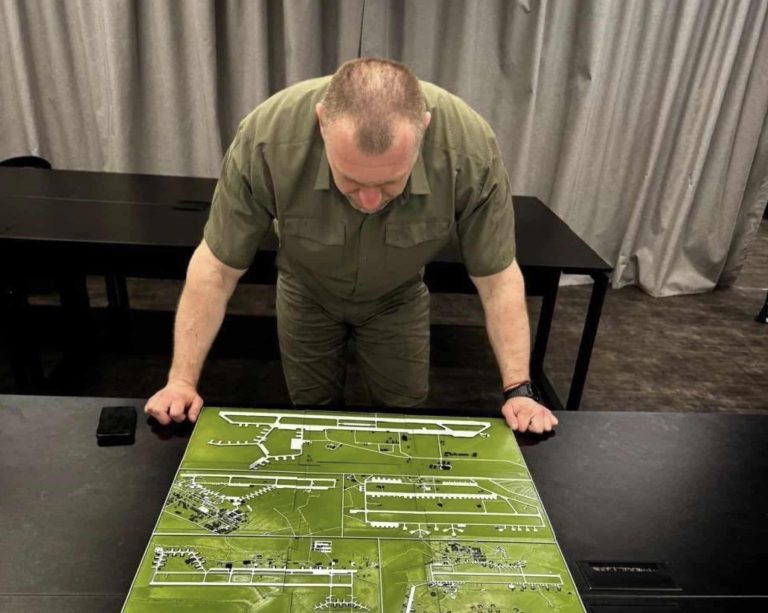
+ There are no comments
Add yours